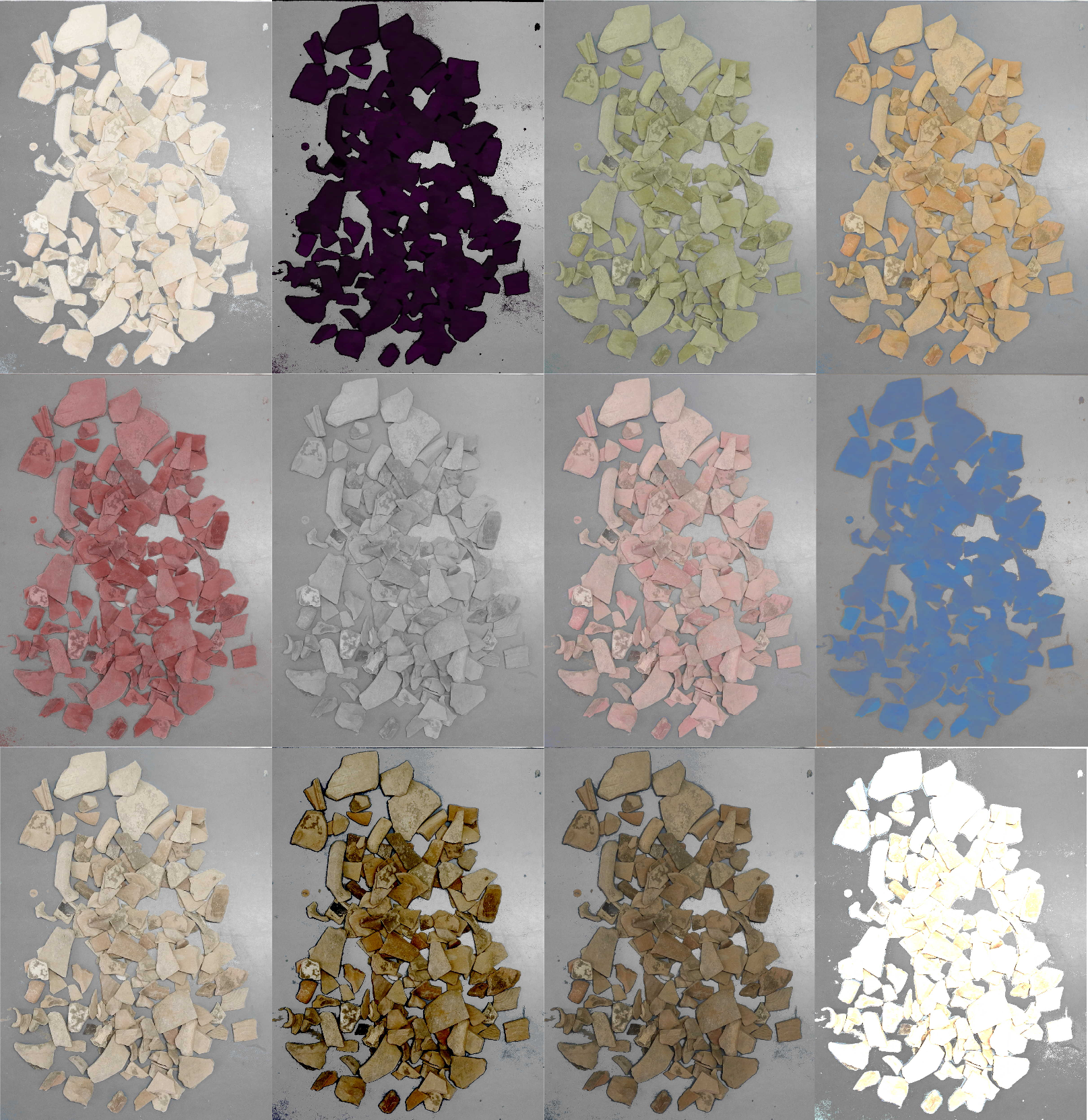Friday 17th July is the last day at work in this short GQB 2015 field campaign. I’m still a bit exhausted from the return trip to Rethymno, but most importantly I’m very satisfied with the exchange of ideas about various topics (Early Byzantine fortifications, water supply systems, pottery, exploitation of natural and agricultural resources) that we had.
Since my main task here was to work on the analysis of ceramic contexts, I just continued my writing of text and R source code as in the past days. In the late afternoon we left to pay a short visit to the village of Panagia where we found an old water fountain that is depicted in a 100-years old photograph. It’s strange, photographs seem to tell true stories, so direct ‒ whereas in fact they’re a paradigmatic form of mediation. Sometimes, when you need to get a better understanding of an object, it’s useful to look at it from different angles, at different scales, alone or in its natural context, under a microscope or in your bare hands. I think that’s what I’m trying to do with the ceramic contexts from the Byzantine District of Gortyna: it’s not always easy and of course it’s not always working because I lack the archaeological, statistical, petrographic, drawing skills that would be needed to make this “prism” fully working. However, I am convinced that the result is worth the trade-offs, and there will be room for improvement of the details at a later stage. For now, I just go on iterating, half artificial intelligence algorithm and half craftsman.

Lascia un commento